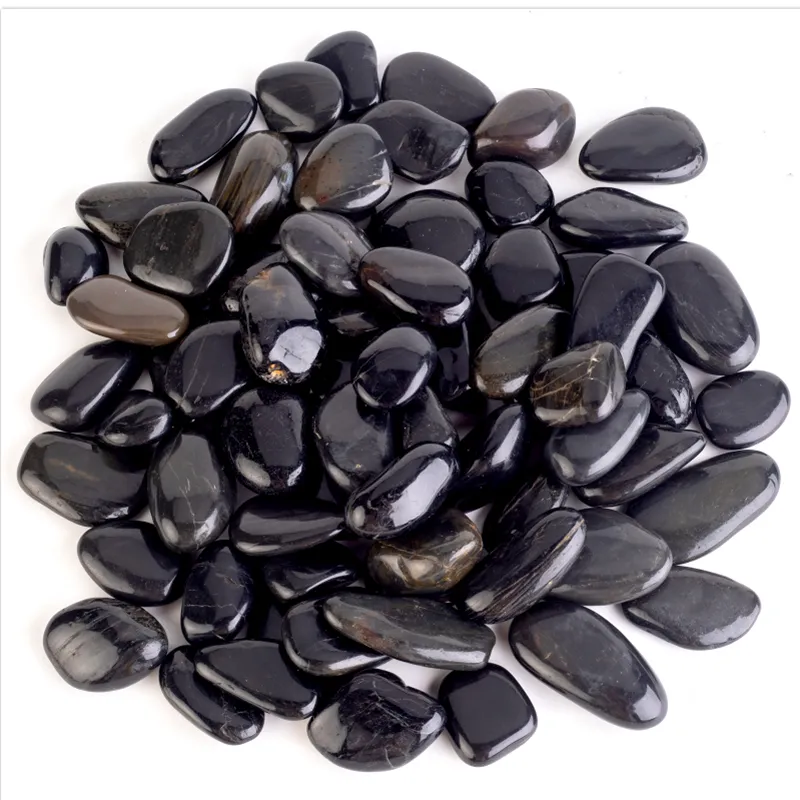Dic . 21, 2024 16:12 Back to list
Understanding the Composition and Formation of Cobblestone as a Rock Type
What Type of Rock is Cobblestone?
Cobblestone has been a fundamental element of human civilization, often associated with the roads and paths of historical towns and cities. Its unique appearance and durability have contributed to its popularity in various construction applications. Understanding the type of rock that cobblestone is, its formation, and its uses offers insight into both geological processes and architectural trends.
The Formation of Cobblestones
Cobblestones are naturally rounded stones that have been shaped by the forces of nature over time, particularly through the action of water. They are typically found along riverbeds, beaches, or in areas where natural weathering and erosion have occurred. The primary types of rocks that can be fashioned into cobblestones include igneous, sedimentary, and metamorphic rocks.
1. Igneous Rocks Formed through the cooling and solidification of magma or lava, igneous rocks are quite hard and resistant to weathering. Common types that can be used as cobblestones include basalt and granite. Basalt, which is fine-grained and dark in color, is often found in areas with volcanic activity. Granite, recognized for its granular appearance and wide range of colors, is an excellent choice for cobblestones due to its durability and aesthetic appeal.
2. Sedimentary Rocks These rocks are created from the accumulation of sediments, often in water. Examples include sandstone and limestone. Sandstone can be easily shaped and is colorful, making it visually appealing. Limestone, while softer than granite or basalt, can still provide a textured and rustic appearance. Over time, weathering can smooth out these rocks, giving cobblestones their rounded form.
3. Metamorphic Rocks Formed from the alteration of existing rocks through heat, pressure, or chemically active fluids, metamorphic rocks such as slate and marble can also be used as cobblestones. Slate, known for its cleavage and layered structure, can yield flat and durable stones. Marble, with its unique patterns and colors, offers an elegant look, although it is less commonly used for street paving due to its susceptibility to wear.
Cobblestone Characteristics
what type of rock is cobblestone

Cobblestones are typically between 2.5 and 10 inches in diameter, though they can range in size. Their rounded shape gives them a distinctive look and makes them easy to install in a variety of patterns. One of the remarkable characteristics of cobblestones is their interlocking ability when laid together, which provides stability and minimizes movement. This feature is particularly advantageous in streets, where heavy traffic is expected.
Additionally, cobblestone surfaces are effective for drainage. The gaps between stones allow water to infiltrate the ground rather than pooling on the surface, helping to prevent flooding and erosion. This quality has made cobblestones a preferred choice for roads and walkways in European cities where heavy rainfall can be an issue.
Historical Context and Uses
Historically, cobblestones were used in the construction of roads and pavements, particularly during the Middle Ages. They provided a sturdier surface for horse-drawn carriages than dirt roads, facilitating trade and travel. Cities like London, Amsterdam, and Paris are dotted with picturesque streets paved with cobblestones, illuminating the architectural heritage of these places.
In modern times, cobblestones are still used in various landscaping and architectural projects, providing a rustic charm to gardens, driveways, and patios. They are often employed in restoration projects to maintain historical authenticity. Moreover, their aesthetic appeal has led to their use in artistic expressions, such as in mosaics and public art installations.
Conclusion
In summary, cobblestones are composed of a variety of naturally occurring rocks, primarily igneous, sedimentary, and metamorphic. Their formation is a testament to the power of natural forces, and their historical significance is a reminder of human ingenuity in overcoming geographical challenges. Today, cobblestones continue to charm and serve various practical purposes, reflecting both their historical roots and modern versatility. Whether used for walking, driving, or as decorative elements, cobblestones remain a lasting symbol of natural beauty and durability in construction.
-
Transforming Your Landscape with Black Rocks and Pebbles
NewsApr.15,2025
-
Transforming Outdoor Spaces with Elegant Cobblestones
NewsApr.15,2025
-
Enhancing Your Landscape with Black Pebbles and Gravel
NewsApr.15,2025
-
Enhancing Outdoor Spaces with Timeless Cobblestone Designs
NewsApr.15,2025
-
Enhancing Outdoor Spaces with Black Pebbles and Gravel
NewsApr.15,2025
-
Creating a Striking Landscape with Black Pebbles and Garden Stones
NewsApr.15,2025






